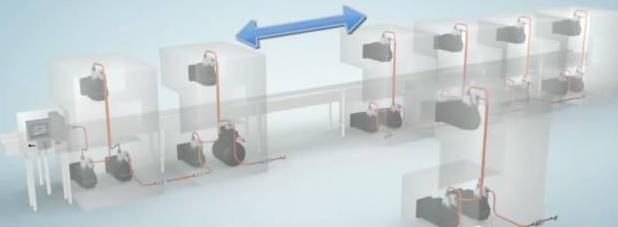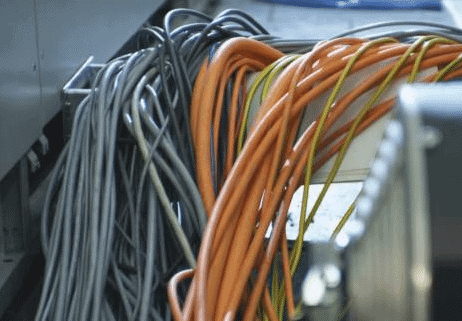- Welcome to Pulse Robot
- +86-23-63207381
- +8613677602178
- sales@pusirobot.com
The difference between motor CAN bus control and pulse control
1. Synchronization
CAN bus type: Because the bus signal transmission rate is as high as 1M, the synchronization error of multiple motors can be controlled at the microsecond level, and there is almost no synchronization error.
Pulse type: Since the pulse type is that the control terminal sends a pulse signal directly to the drive terminal through the cable, it will cause loss of synchronization in the pulse transmission process, and the limited pulse transmission speed causes signal delay and the possibility of multi-axis asynchronous synchronization High, the longer the cable, the more motors the worse the synchronization.
2. Wiring board
CAN bus type: bus type wiring is extremely simple, PLC and other upper computers only need to connect two wires to complete the control wiring of dozens or even hundreds of motors, simplifying the difficulty of wiring steps, making wiring layout easy and saving Wire.

Pulse type: The pulse type is usually directly connected to the terminal motor by the upper computer such as PLC. The conventional pulse line of each motor is 4. If 25 motors are used in a set of equipment, then only the motor control interface on the PLC requires 25 , 100 cables need to be connected, which will make the entire control system extremely complex, not easy to system, affect the look and feel of the equipment and waste wires.

3. Anti-interference
CAN bus type: Because the bus control only needs two signal wires, and the signal wire can be made into a twisted pair type, and the cable with a shielding layer can be used, which can achieve strong anti-interference
Pulse type: The pulse signal transmitted by the pulse type control cable has weak anti-interference ability. The longer the signal transmission cable, the more the number of motors, the better the interference capability, and the equipment is prone to abnormal operation.
4. Scalability
CAN bus type: whether it is a slave station such as a motor drive or a master station such as a PLC, the bus control can generally be configured as multiple networked control. These reserved interfaces can be configured to increase the function or change the control mode. Very helpful.

Pulse type: Pulse type control has been limited on the hardware interface and cannot be configured. It will be very difficult to add functions or change the side control method later.
The above 4 points are the main differences between CAN bus control and pulse control.
